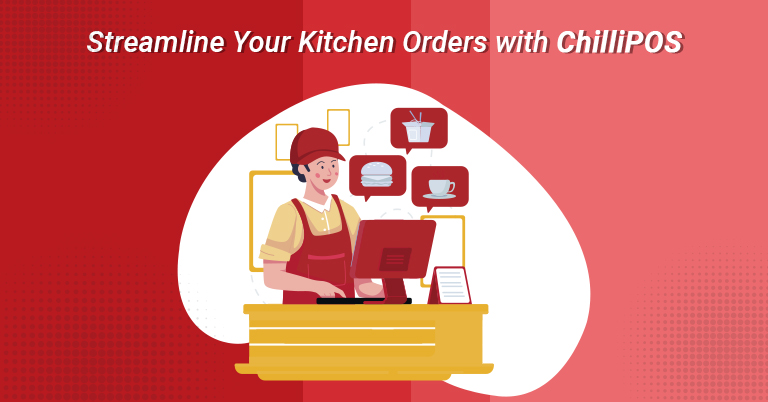Top 5 Marketing Strategies for Restaurants
Running a successful restaurant isn’t just about serving great food; it’s also about effective marketing. In today’s competitive culinary landscape, it’s crucial to stay ahead with innovative restaurant marketing ideas and trends. Additionally, efficient restaurant inventory management plays a pivotal role in profitability. In this blog, we’ll explore the top 5 marketing strategies for restaurants, including the importance of effective inventory management.
1. Embrace Digital Marketing Trends:
In the digital age, a robust online presence is non-negotiable. Leverage the following digital marketing strategies:
Social Media Engagement: Maintain active profiles on platforms like Instagram, Facebook, and Twitter. Share high-quality images, engage with customers, and run targeted ads to reach a broader audience.
Mobile-Friendly Website: Ensure your website is responsive and mobile-friendly. It should feature an easy-to-navigate menu, online reservation system, and contact information.
Email Marketing: Build a customer email list and send out newsletters with promotions, event updates, and special offers.
Online Reviews: Encourage satisfied customers to leave positive reviews on platforms like Yelp, Google My Business, and TripAdvisor. Address negative reviews professionally and promptly.
2. Leverage Influencer Marketing:
Collaborate with local influencers and food bloggers to showcase your restaurant. Their authentic reviews and captivating content can introduce your establishment to new audiences.
3. Offer Unique Experiences:
Create memorable dining experiences to stand out:
Themed Nights: Host themed nights like “Wine Wednesdays” or “Taco Tuesdays” to attract different crowds on various days of the week.
Live Entertainment: Consider live music or other forms of entertainment to enhance the dining atmosphere.
Chef’s Table: Offer a chef’s table experience where patrons can interact with the chef and enjoy custom-tailored menus.
4. Implement Loyalty Programs:
Reward loyal customers and encourage repeat visits:
Points System: Create a loyalty program where customers earn points for each visit or purchase, which can be redeemed for discounts or free items.
VIP Memberships: Offer exclusive benefits like early access to new menu items or invitations to special events for VIP members.
5. Prioritize Effective Inventory Management:
Efficient restaurant inventory management is a hidden gem for cost savings and customer satisfaction:
Regular Audits: Conduct regular inventory audits to track usage and identify discrepancies.
Inventory Software: Invest in inventory management software to streamline processes and minimize wastage.
Supplier Relationships: Cultivate strong relationships with suppliers to negotiate better deals and reduce costs.







